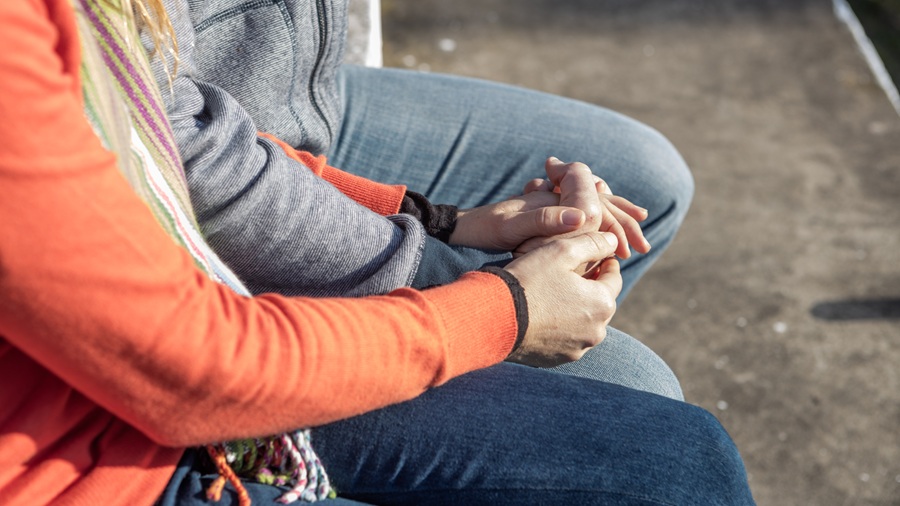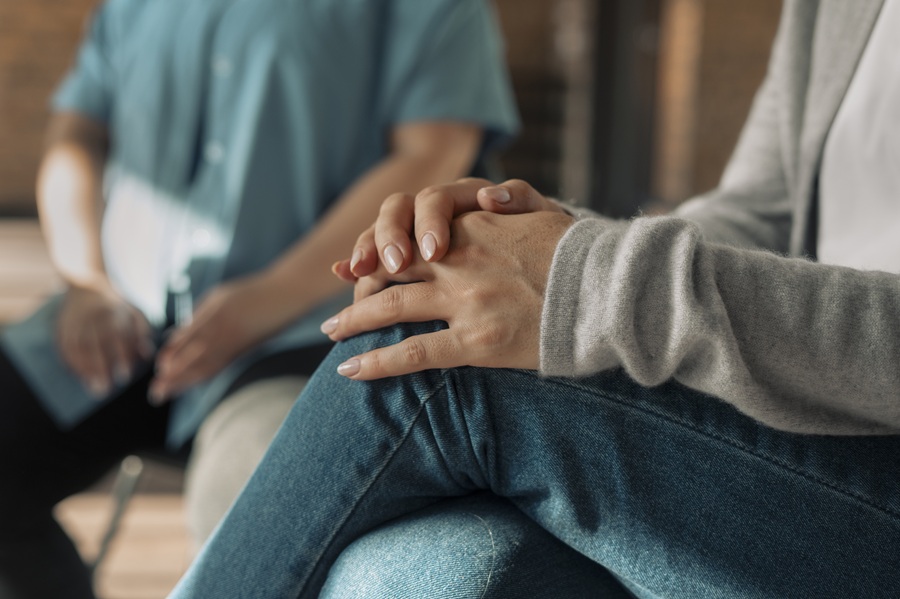How government protects people with drug addiction: Effective US programs
Government, healthcare providers and local communities must work together to combat the problem of drug addiction
THE OPIOID CRISIS and the wider problem of drug addiction continue to hurt communities across the United States. Beyond the pain individuals feel, these issues create a huge burden on families, healthcare systems, and the economy. It’s important to understand how government rules and programs can help protect those struggling with substance use disorders. This helps us create complete solutions. This article looks at the many ways governments can keep people safe who are battling addiction. It also checks out proven programs already working in the USA.
Dealing with drug addiction needs many different steps. It’s more than just law enforcement. We need easy access to treatment, strong ways to prevent drug use, and support systems that help people recover and rejoin society. This exploration will dive into the key jobs of government in this fight. We will show successful efforts that offer a clear path for wider use and bigger impact.
Understanding the Scope of Drug Addiction and Government Responsibility
Drug addiction is a big problem that touches every part of the nation. It deeply affects countless lives. Governments have a clear duty to protect public health and welfare.
The Human and Economic Cost of Addiction
Addiction takes a heavy toll. It hurts individuals and tears families apart. Society pays a high price too. Overdose deaths remain a serious concern, shattering communities. Healthcare costs for treating addiction and related issues are sky-high. Think about the money lost from people not working because of their addiction. Crime rates can also go up in areas hit hard by substance use disorders. This all shows how deeply addiction impacts us all.
Governmental Mandates for Public Health
Our government, at every level, has a basic duty to protect its citizens. This means stepping in when public health is at risk. Drug addiction is definitely one of those times. Federal, state, and local governments are tasked with making sure people have the support they need. They must make rules and set up services to help those caught in the grip of addiction. It’s part of their job to keep communities safe and healthy.

Pillars of Government Protection: Treatment and Harm Reduction
Governments can step in directly to help people with addiction. They focus on getting treatment to those who need it. They also work on strategies that lessen harm. These direct actions are key to saving lives and helping people heal.
Expanding Access to Evidence-Based Treatment
One big way government protects people is by funding treatment that really works. This includes Medication-Assisted Treatment (MAT), which uses medicines to help with cravings. It also means counseling and places where people can stay to get intensive care. Governments work to make sure health insurance covers these vital services. They also try to reduce financial barriers, so money isn’t a reason someone can’t get help. For example, some states have used Medicaid to expand addiction recovery, like drug rehab Laguna Beach. Others have put special money aside just for these services, making them more available.
Implementing and Supporting Harm Reduction Strategies
Harm reduction means taking steps to reduce the bad effects of drug use, even if someone is still using drugs. Governments play a big part in backing these efforts. Programs like needle exchanges help stop diseases from spreading. Giving out opioid overdose reversal medicines, like naloxone, saves many lives. Public health experts, including agencies like the CDC and SAMHSA, strongly support these steps. They know these actions are important for keeping people safe and alive.
Prevention and Early Intervention: Stopping Addiction Before It Starts
Governments also work to stop addiction before it even begins. They put in place programs that catch problems early. This proactive approach helps protect people from ever going down that road.
Public Health Campaigns and Education
Government-funded awareness campaigns teach people about the dangers of drug use. They highlight the risks of misusing prescription drugs. These campaigns also show the warning signs of addiction. National and state programs have seen success by getting this info out there. We can reach more young people by partnering with schools and local groups. Together, we can deliver lessons that truly prevent drug abuse.
Responsible Prescription Drug Monitoring
Prescription Drug Monitoring Programs (PDMPs) are important tools. These government-run systems track prescriptions for controlled substances. This helps stop people from getting too many pills or going to many doctors for drugs. It also helps doctors see a patient’s full history. Data shows that using PDMPs well has helped lower how often doctors prescribe opioid pain meds. This makes it harder for addiction to start with legal drugs.

Supporting Recovery and Reintegration: Long-Term Protection
Government’s role doesn’t end when someone finishes treatment. They also work to help people stay sober. This means helping them get back into everyday life. This long-term support is vital for lasting protection.
Recovery Support Services and Sober Living
Governments often provide money for recovery housing. These safe homes help people stay clean after treatment. They also fund peer support specialists, who are people with lived experience who can guide others. Case managers help connect individuals to needed services. All these resources help people stay on the path to long-term recovery. For instance, some communities have set up full “wrap-around” services. They give aid with housing, jobs, and mental health for those trying to stay clean.
Addressing Stigma and Promoting Employment
One of the biggest hurdles for people in recovery is the stigma around addiction. Government policies can help fight this negative view. They also help people find jobs. For example, “ban the box” initiatives remove questions about past convictions from job applications. This gives everyone a fairer chance. Job training programs also help individuals gain new skills. Governments can even give tax breaks to businesses that hire people who are recovering from addiction. This helps both the person and the economy.
Effective Programs Implemented in the USA
Many successful, government-backed programs are making a real difference. They are fighting drug addiction across the USA. These efforts show what is possible with strong public support.
The Substance Abuse and Mental Health Services Administration (SAMHSA)
The Substance Abuse and Mental Health Services Administration, or SAMHSA, leads many important efforts. They provide grants to states and local groups for prevention, treatment, and recovery services. SAMHSA also supports research and offers resources to improve mental health and substance abuse care. Their work helps make sure people have access to quality help. This agency is key to boosting recovery support all over the country.
State-Specific Initiatives and Innovations
Many states have created their own smart programs to fight drug addiction. One state, for example, greatly expanded access to MAT in rural areas. They made it easier for people in small towns to get needed medication. Another state launched a broad harm reduction plan. This included giving out naloxone widely and setting up mobile outreach teams. This helped cut down opioid overdose deaths a lot. Such state programs often try new ways to tackle the crisis, showing great success.
The role of the National Institute on Drug Abuse (NIDA)
The National Institute on Drug Abuse, or NIDA, plays a huge role through its research. NIDA funds studies to understand why people become addicted. They also look at new ways to prevent drug use and better treatments. The science NIDA discovers helps shape public policy and treatment plans. This means the way we treat addiction often starts with NIDA-funded research. Their work helps ensure that government programs use the most effective methods available.

Conclusion: A Continued Commitment to Protection and Recovery
Governments have a big job in protecting people who struggle with drug addiction. Their efforts touch every part of the crisis. We’ve seen how crucial prevention is, stopping addiction before it starts. Getting people into treatment, especially with proven methods, saves lives. Harm reduction strategies keep people safer while they are still using drugs. And supporting long-term recovery helps individuals truly rebuild their lives.
The path forward needs steady funding and new ideas in policy. It also calls for constant teamwork. Governments, healthcare providers, and local communities must work together. This joint effort is vital to fight the ongoing drug addiction crisis. Protecting individuals with drug addiction through effective government action is not just about saving lives. It’s also about rebuilding families and strengthening our communities for a brighter future.

